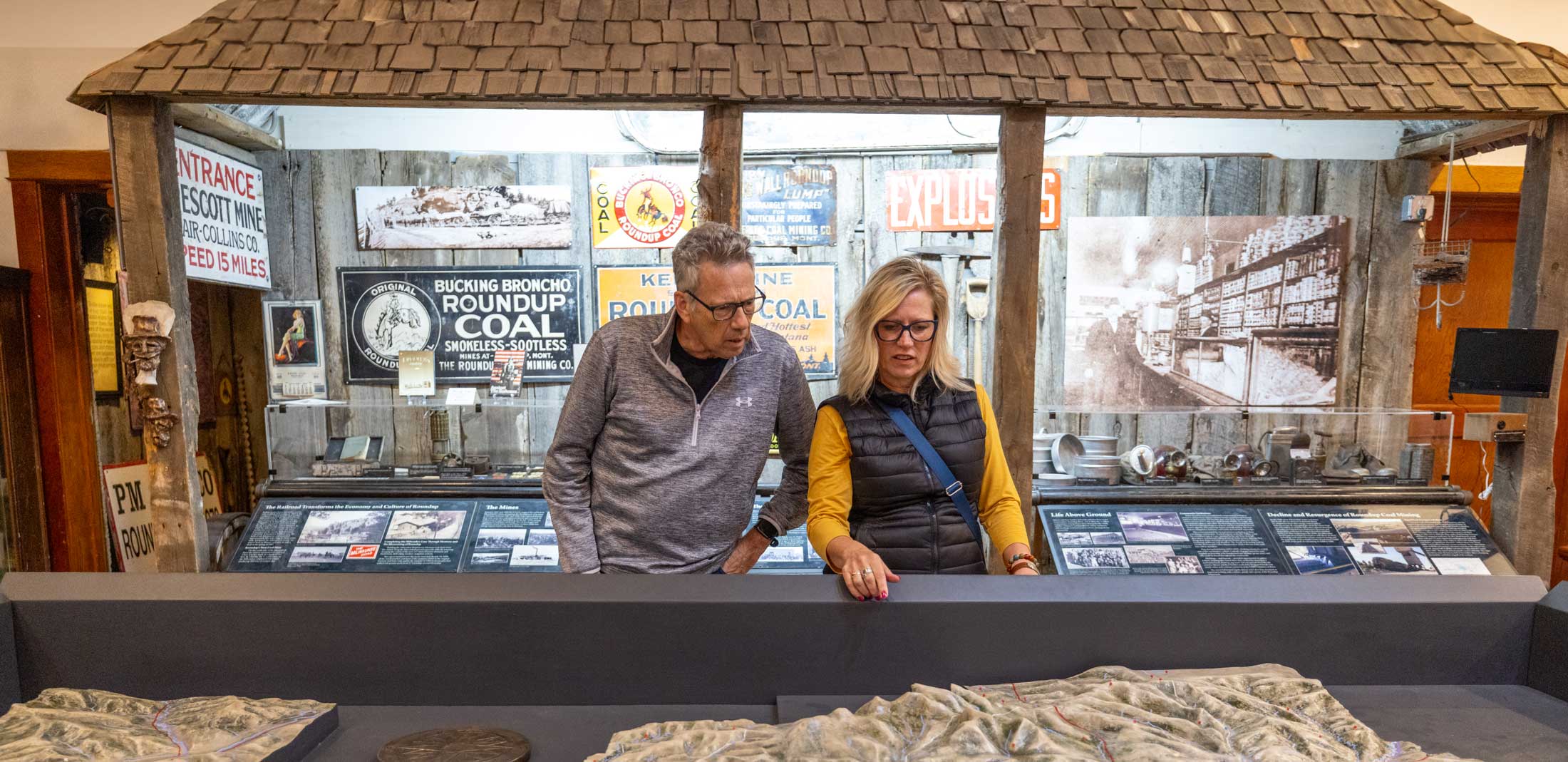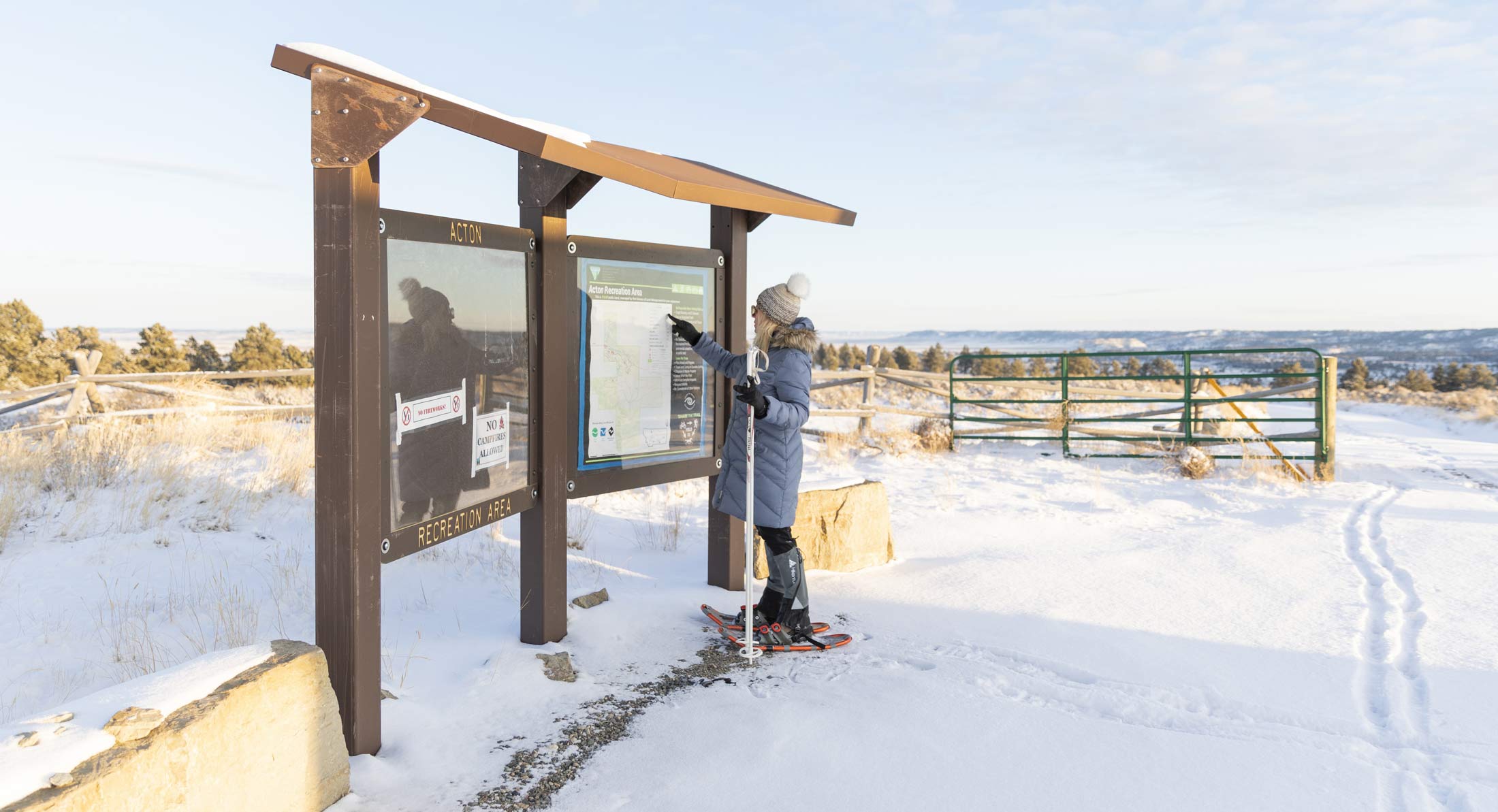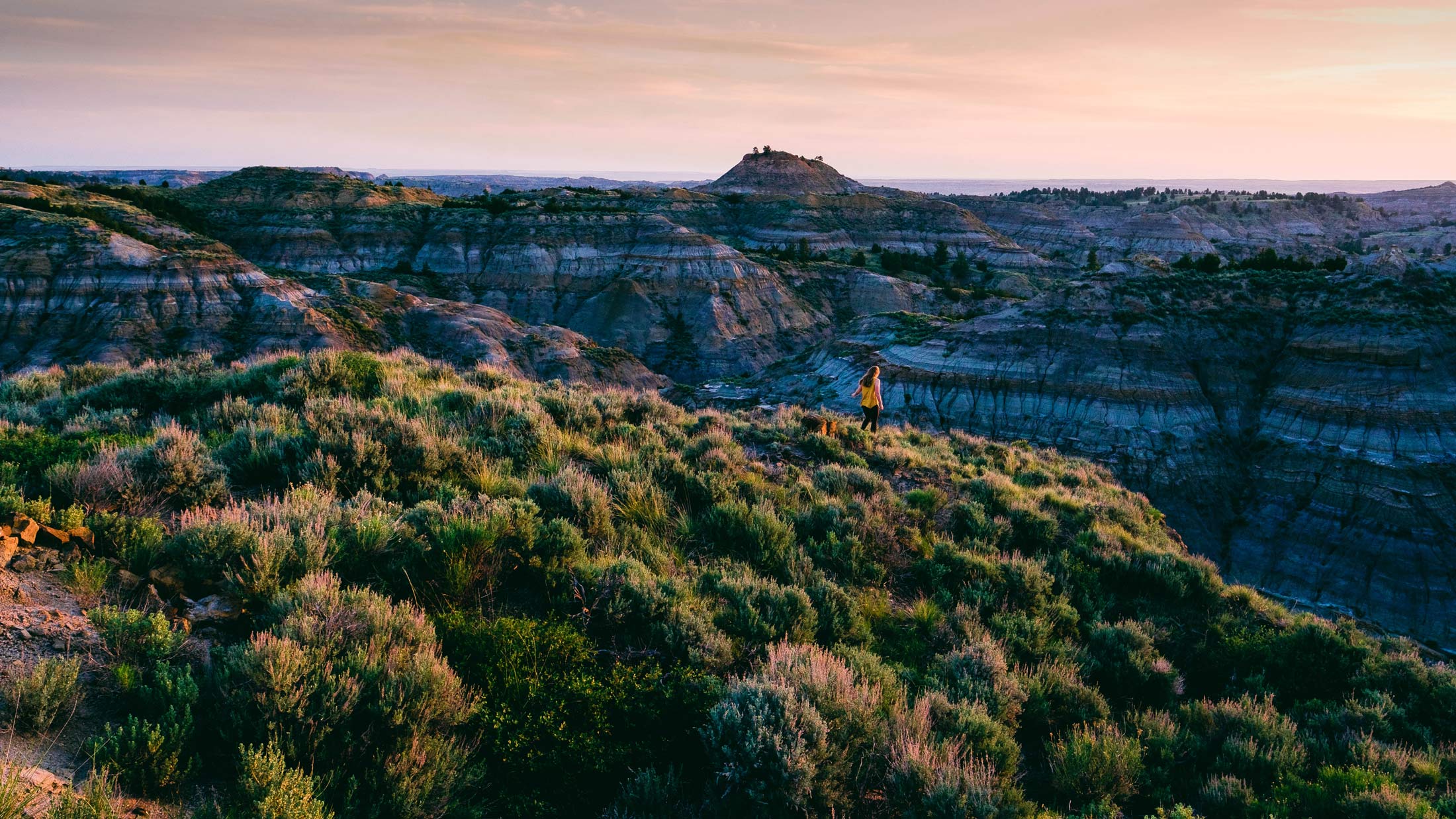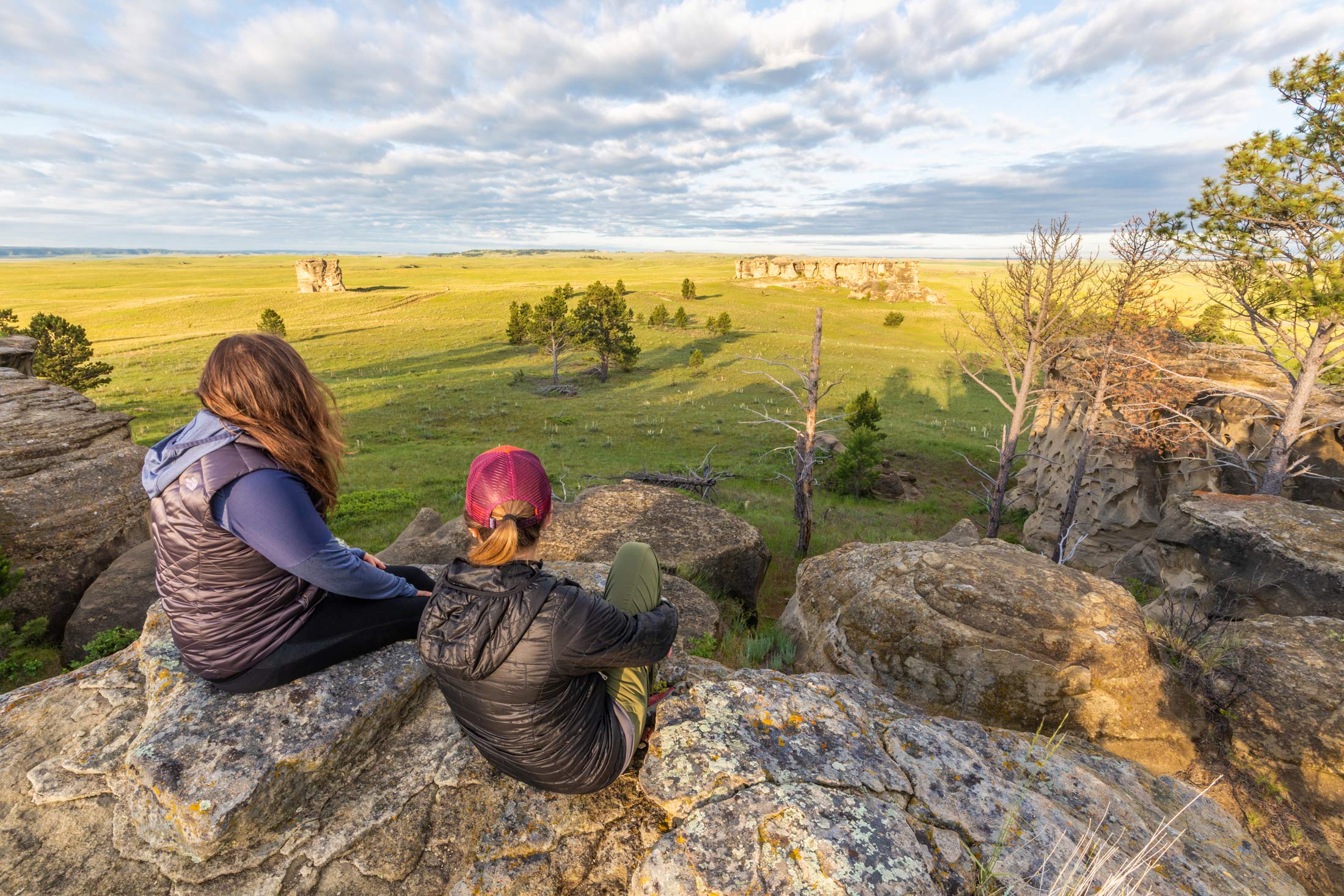Rural Museums Ensuring Stories for Future Generations
Far from the crowded galleries of big cities, Montana's rural museums offer intimate glimpses into the authentic lives that shaped our state. These modest buildings house extraordinary stories—each artifact a chapter in Montana's rich narrative. Unlike metropolitan museums with their roped-off displays, these community treasures invite visitors to connect personally with history through the passionate local guides who serve as living links to the past.
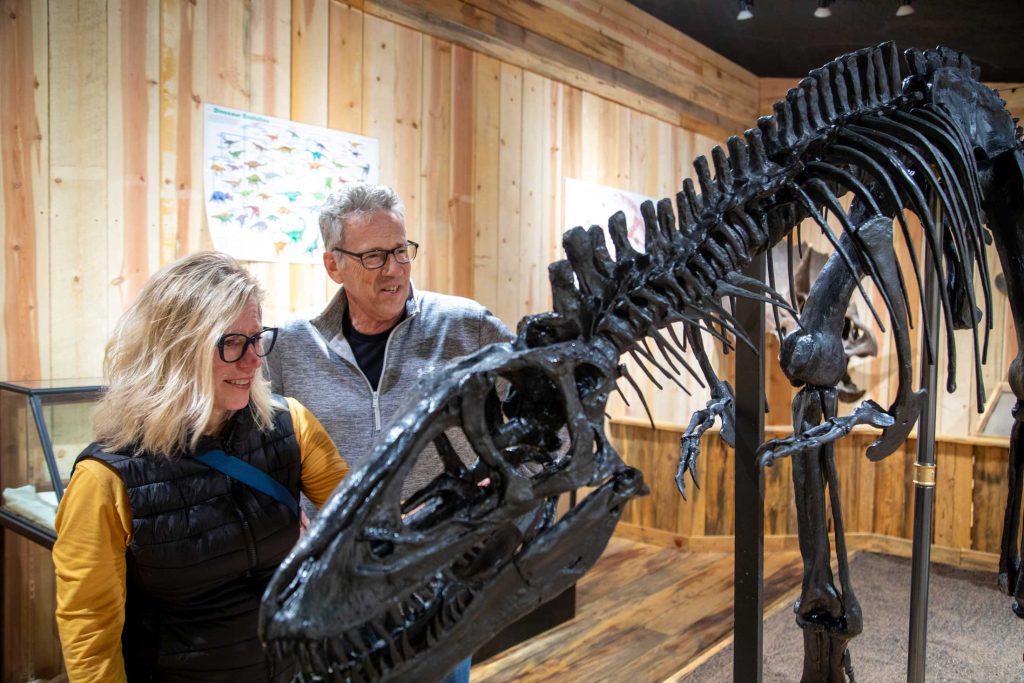
Musselshell County Museum
406.323.1525 | 524 1st St. W, Roundup
Step into the former Catholic school that now preserves Roundup's soul, and you'll immediately notice something different about this museum experience—the stories feel personal. Local volunteers don't just recite facts; they share family tales passed down through generations about the coal mines that built this community.
The museum transforms cold history into living memory. Stand before photographs of Marion Park events from 1915 and hear volunteers describe how their grandparents danced at those very gatherings. The replica one-room schoolhouse becomes more meaningful when your guide points out where their mother sat as a child.
What makes this museum special isn't just the impressive collection of Plains Indian artifacts or dinosaur fossils—it's experiencing history through the eyes of those who lived it.

Powder River Historical Museum
406.436.2352 | 102 Wilson St. W, Broadus
In Broadus, history isn't curated by distant academics but preserved by passionate locals. The Powder River Historical Museum demonstrates how individual passions become community legacies. Mac McCurdy's lifetime of collecting—from battlefield artifacts to 20,000 seashells—reveals how one person's curiosity can create a cultural institution.
The Reynolds Campaign artifacts here aren't just items in cases; they're tangible connections to events that shaped Montana's identity mere months before the Battle of Little Bighorn. The volunteers who guide you through these collections often have personal connections to the families who witnessed these historic moments.
The Western Reading Room exemplifies the museum's role as guardian of community memory. Local families regularly visit to trace their roots through genealogical records, creating an active historical hub rather than a static display.
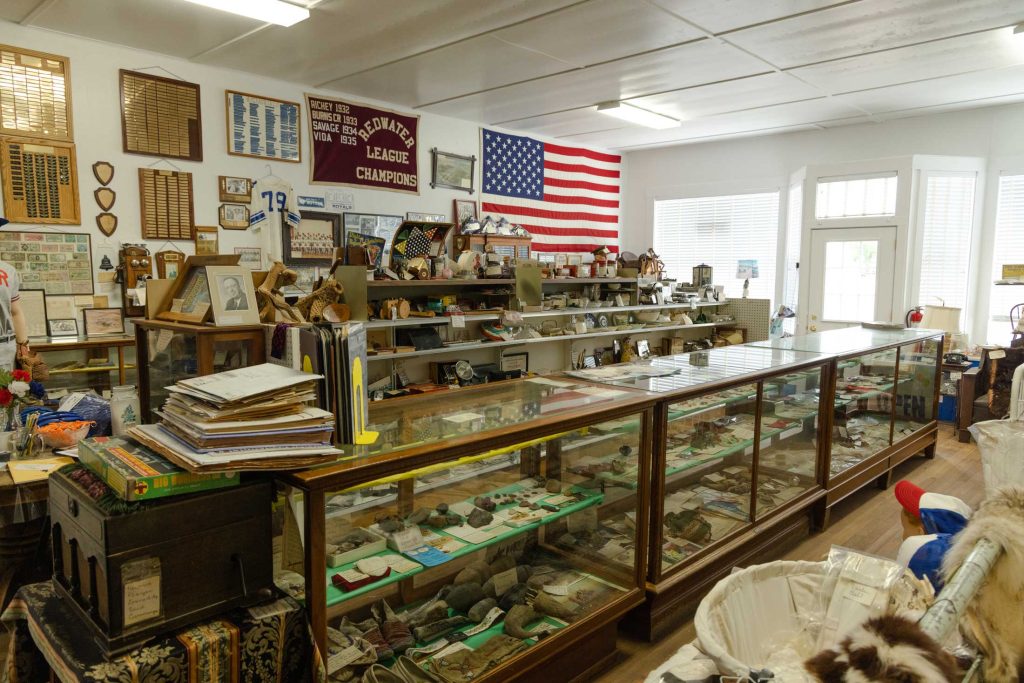
Richey Historical Museum
406.773.5234 | 122 S 4th St., Richey
The Richey Historical Museum doesn't just display history—it recreates it across an entire complex. Walking through the original Lisk Creek School, homestead, mercantile, jail, and bank buildings allows visitors to physically step into different aspects of early Montana life.
What makes this museum remarkable is how it preserves the complete ecosystem of a frontier community. The 1900s baseball uniform isn't just sports memorabilia; it's evidence of how these isolated communities created connection and entertainment. The Model A Ford US Mail Car tells the story of rural communication before modern technology—a vehicle that battled Montana blizzards to connect remote families to the wider world.
Through newspaper archives spanning 1916-1948, visitors can track how global events like the World Wars and Great Depression rippled through this small community, offering perspective on how rural Montanans experienced these watershed moments.
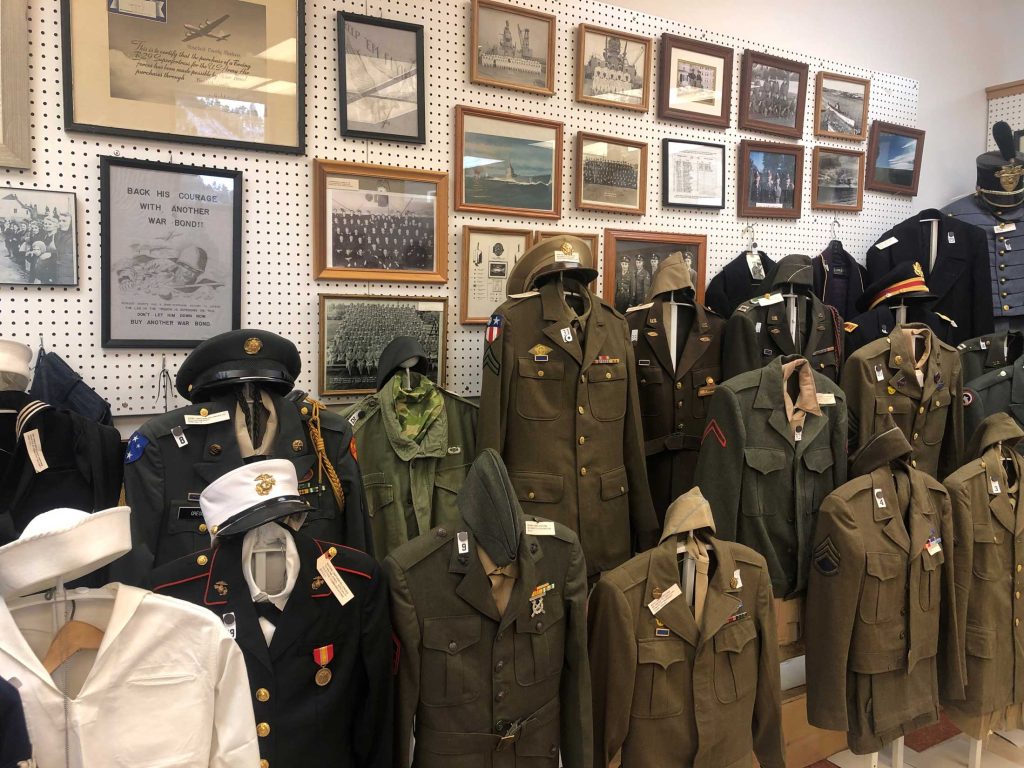
Rosebud County Pioneer Museum
406.346.7547 | 1335 Main St., Forsyth
The massive restored steam engine at Rosebud County Pioneer Museum isn't just an impressive mechanical display—it's the heart of a story about how railroads birthed entire Montana communities. Through innovative exhibits like the Main Street Forsyth diorama, visitors understand how transportation shaped settlement patterns across the state.
This museum excels at showing the intersection between national history and local life. The military uniform collection reveals how Rosebud County families participated in every American conflict, while the vintage clothing display demonstrates how national fashion trends reached these remote communities.
The barbed wire display—often overlooked by visitors—actually tells one of Montana's most significant stories: how the open range transformed into defined properties, forever changing both landscapes and lifestyles.
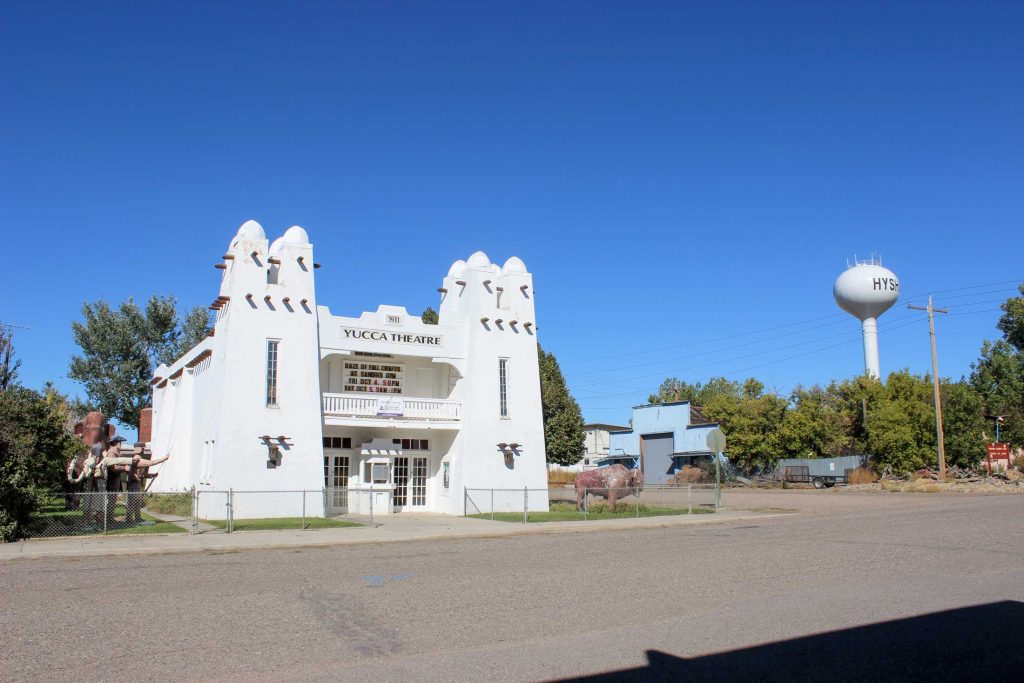
Treasure County 89’ers Museum and Yucca Theatre
406.342.5252 | 325 Elliott Ave., Hysham
Perhaps the most immersive historical experience awaits in Hysham, where visitors can almost taste the past at the original drugstore soda fountain counter. This museum doesn't separate artifacts from their context—they remain in spaces where they were actually used.
The Yucca Theatre with its unexpected Southwestern architecture stands as testament to how diverse influences shaped Montana culture. Most remarkable is the connected Manning family home, frozen in 1950s perfection. Unlike traditional museums with thematic displays, this living space shows how all aspects of life—from kitchen tools to entertainment—interconnected in mid-century Montana.
What makes this combined museum-theater-home unique is how it preserves ordinary moments rather than just historic events. Visitors don't just learn what happened in Treasure County; they understand how daily life felt in this rural community.
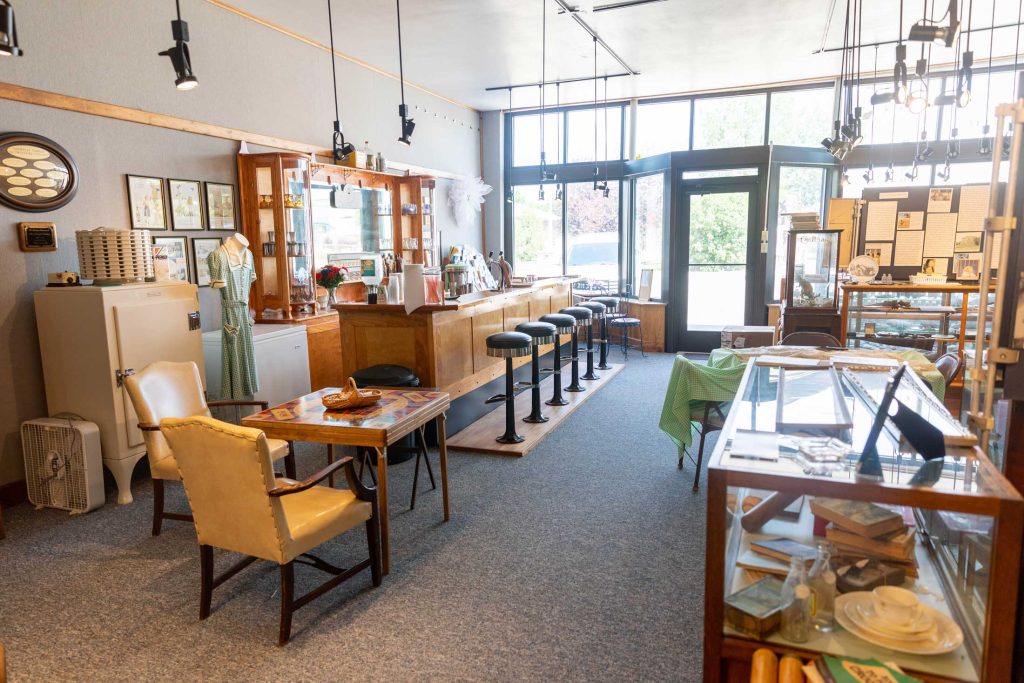
These small-town museums offer something increasingly rare in our digital age—authentic connection to our shared past through physical objects and personal stories. While urban museums may have larger collections, these community treasures preserve the intimate histories that might otherwise be lost. By supporting these volunteer-run institutions, visitors don't just learn about Montana history—they help ensure these stories survive for future generations.
More from our blog:
